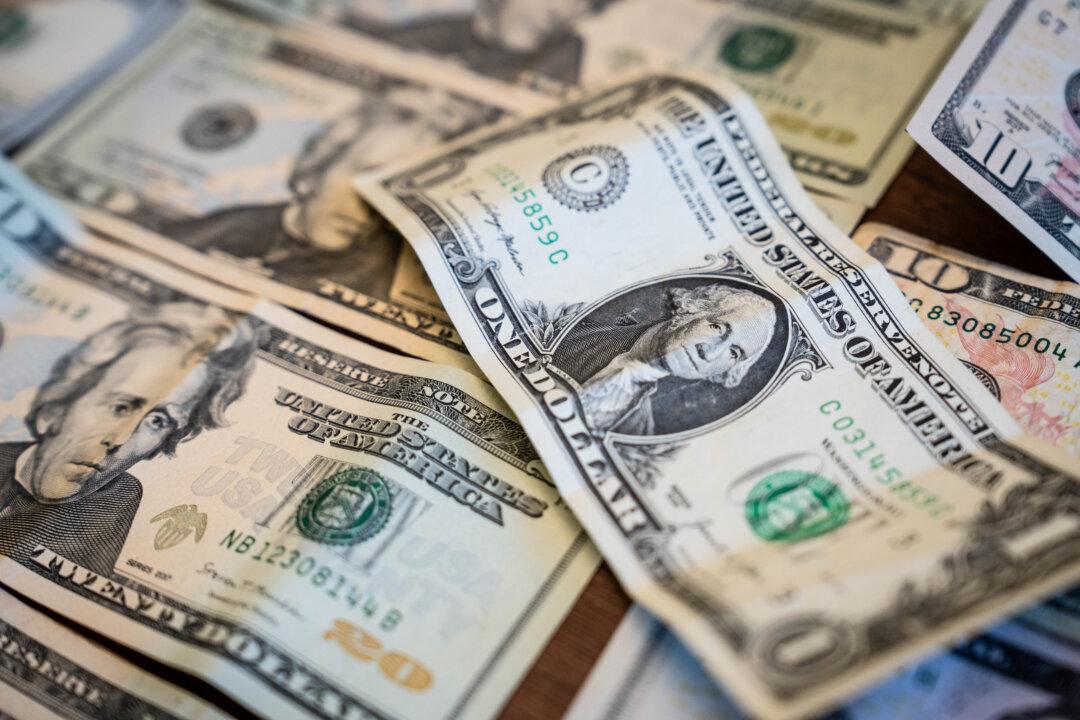Saudi Arabia is considering a plan to accept the Chinese yuan instead of U.S. dollars to settle crude oil sales to Beijing, The Wall Street Journal reported.
The Kingdom is reportedly in active discussions with China to price at least a portion of its oil sales to the world’s second-largest economy in yuan.





